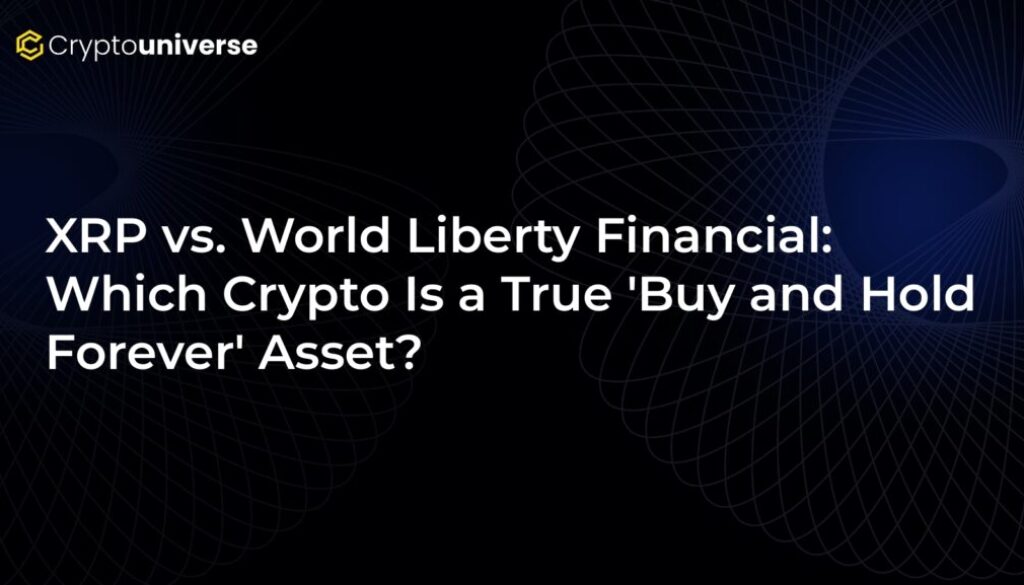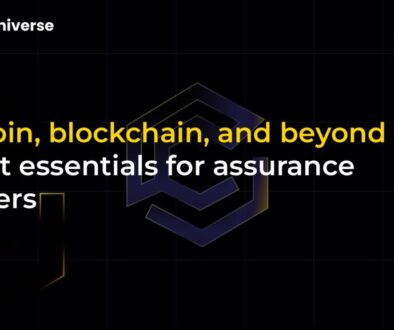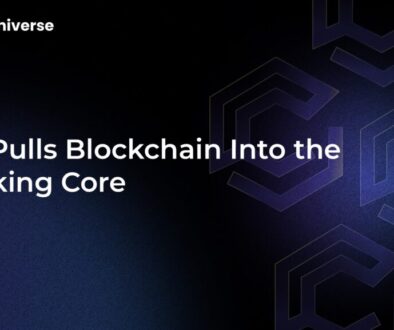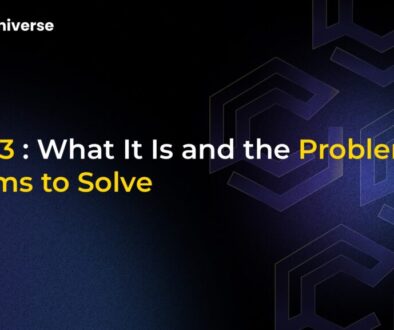XRP vs. World Liberty Financial: Which Crypto Is a True ‘Buy and Hold Forever’ Asset?

The Quest for a ‘Forever’ Crypto: Analyzing Two Very Different Contenders
In the fast-paced world of cryptocurrency, identifying assets with genuine long-term potential can feel like searching for a needle in a haystack. While countless tokens vie for attention, only a select few possess the fundamentals to be considered a true “buy and hold forever” investment. In the high-stakes game of long-term crypto investing, the battle of
On one side, we have XRP, the native asset of the XRP Ledger (XRPL), a veteran project focused on revolutionizing global finance. On the other, we have World Liberty Financial (WLFI), a newer token tied to a crypto asset management firm. Let’s dive deep into their mechanics, utility, and tokenomics to determine which one truly deserves a permanent spot in your portfolio.
World Liberty Financial (WLFI): A Closer Look at the Red Flags
At first glance, World Liberty Financial might seem intriguing. It’s a governance token for a crypto company that issues its own stablecoin, USD1. However, a look under the hood reveals a structure that heavily favors insiders at the expense of everyday investors.
Troubling Tokenomics and Centralized Control
The core issue with WLFI lies in its token distribution. With a total supply of 100 billion tokens, the allocation is starkly revealing:
- 33.5% to its co-founders.
- 20% for public token sales.
- The remaining 46.5% is allocated to other insiders and internal funding.
This means a staggering 80% of the supply is controlled by the project’s creators and insiders. While the token’s stated purpose is “governance,” this distribution renders any voting rights for public holders effectively meaningless. A 5% cap on any single wallet’s voting power does little to change the fact that insiders hold a guaranteed supermajority. They could, in theory, vote to mint more tokens for themselves, further diluting the value for everyone else.
Furthermore, the WLFI token does not entitle holders to any revenue sharing, dividends, or other financial benefits from the company’s operations. Its value is purely speculative, driven by hype and market sentiment, placing it firmly in the category of a meme coin. The most alarming red flag is the project’s centralized control. In a widely reported incident, an early backer had their $107 million worth of WLFI tokens frozen by protocol administrators, proving that investors do not have true custody of their assets.
XRP and the XRP Ledger: Building the Future of Finance?
In sharp contrast, XRP and its underlying technology, the XRP Ledger, are built with a clear, long-term utility in mind: to serve as a bridge currency for fast, low-cost international payments for financial institutions.
Predictable Supply and Utility-Driven Demand
XRP’s tokenomics are designed for transparency and predictability. It has a fixed maximum supply of 100 billion XRP, meaning no more can ever be created. Ripple, the company most associated with XRP, placed a large portion of the supply in a cryptographically-secured escrow, which releases a set amount monthly. While this introduces new supply, Ripple has historically returned a majority of the released tokens back to escrow, creating a predictable and controlled inflation rate.
More importantly, the XRPL has a built-in deflationary mechanism. A small amount of XRP is burned and permanently destroyed with every transaction. As adoption grows and more transactions occur on the network, the supply of XRP will gradually decrease. This creates a powerful dynamic:
Increased adoption → More transactions → Higher burn rate → Reduced supply → Upward price pressure.
This direct link between network usage and token value is the hallmark of a strong utility token. Beyond payments, the XRPL ecosystem is expanding to include tokenized real-world assets (RWAs), stablecoins, and even Ethereum-compatible smart contracts, creating even more reasons for institutions and developers to use the network and, by extension, hold and transact with XRP.
The Verdict: Why Fundamentals Are King
When placing these two assets side-by-side, the difference is night and day.
- Tokenomics: XRP has a fixed, predictable, and deflationary supply model that rewards network adoption. WLFI has an insider-heavy distribution that puts public holders at a permanent disadvantage.
- Utility: XRP’s value is directly tied to its use in facilitating payments and other financial activities on the XRPL. WLFI has no fundamental value driver beyond speculation.
- Control: The XRPL operates on established protocol rules. WLFI has demonstrated that insiders can unilaterally freeze assets, undermining the core principle of cryptocurrency ownership.
For the Long Haul, The Choice is Clear
For an investor looking to buy and hold a cryptocurrency forever, the goal is to invest in a network with a sustainable economic model and a clear path to growth. World Liberty Financial, with its rigged supply dynamics and centralized control, represents a speculative gamble, not a sound long-term investment.
XRP, on the other hand, presents a compelling case. Its design as a utility-driven, deflationary asset for the massive financial sector provides a strong foundation for long-term value accrual. As the world’s financial systems increasingly adopt blockchain technology, networks like the XRPL that are built for institutional use are poised to capture significant value. While no investment is without risk, XRP’s fundamentals make it the clear winner in this matchup for a permanent place in a long-term portfolio.



